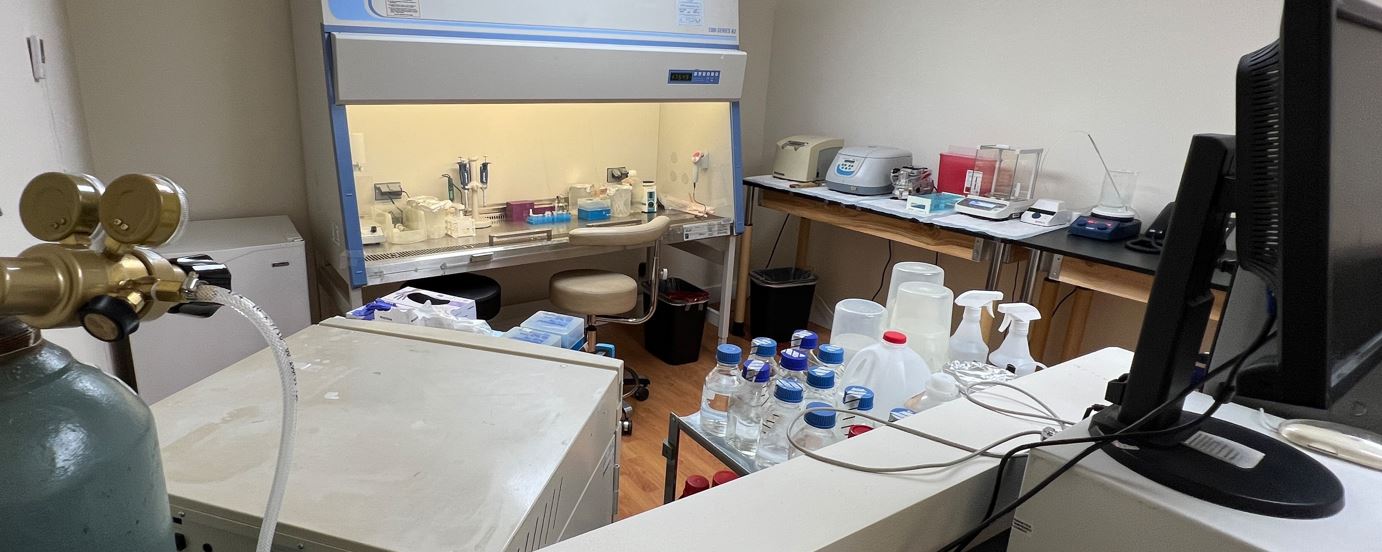Not All Hair Transplants Are the Same!
Surgeons can use many methods and devices to perform hair transplant surgery. Most contemporary techniques, in the hands of a well-trained and experienced hair surgeon, can achieve acceptable results.
FUT or Donor Strip Harvesting involves the removal of donor hair by excising a large linear, ear-to-ear strip of tissue and then suturing the donor area closed. This should only be done by a skilled and experienced surgeon and will always leave a linear scar across the back of the patient’s head. If the patient leaves their hair long enough in the back, the scar should not be visible.
FUE or Follicular Unit Extraction involves the individual extraction of hair follicles from the back of the scalp. This is currently the most popular and preferred method of hair transplant surgery because of the degree of comfort and healing post-operatively and because, when done properly, there is little evidence of any surgery, even at close inspection.
What Differentiates FUE Surgery Results?
There are several factors that can impact the final aesthetic result of an FUE hair transplant.
Instrumentation:
Automated or Robotic - Over the past 15 years there have been several devices developed to automate or replace surgical skill in donor harvesting; some of these devices include NeoGraft, SmartGraft, ARTAS and many more. These devices, although technologically advanced, are often targeted to less experienced hair surgeons who want to add an additional revenue stream with hair restoration to their practice but may not have the time, interest or surgical skill to perform the procedure effectively. These device companies often offer traveling, unlicensed hair transplant technician teams to assist or in some cases to actually perform the surgery. Also, these types of devices often use a larger 1mm punch that leaves a more visible scar, limiting how short a patient can cut their hair in the back.
Studies have shown a higher transection rate, and in inexperienced hands, the practitioner is limited to transplanting only 1 to 2,000 FUE grafts in a session, requiring the patient to have multiple sessions often over years.
Motorized hand-held devices – These devices rely on the skill of the surgeon to properly extract the follicles. Most acclaimed hair surgeons worldwide use handheld motorized devices to excise the grafts. With these devices, the surgeon directs the tiny circular scalpel to follow the clipped hair shaft angle to cleanly extract the follicular unit without cutting or transecting the hair follicle. The tiny hair grafts are then gently removed from the scalp one at a time and inspected to ensure the graft is intact. At AlviArmani our surgeons extract all follicles and make all incisions to implant the follicles to ensure the perfect aesthetic to the flow and growth of the hair once transplanted.
AlviArmani surgeons routinely harvest between 3 to 4,000 follicular units in a session and use proprietary instrumentation for maximum performance to ensure minimal scarring and efficient harvesting of the grafts. After the grafts are excised our experienced hair technicians’ exam every graft under microscopes to evaluate and sort the grafts by the number of hairs, normally between 1-4 hairs per graft.
It is critical that the surgeon never over harvest the donor area and safely space the incisions so that the existing hair around each excision camouflages the tiny pin size scar. When performed correctly by a trained FUE hair surgeon, once the donor has healed it should be difficult to virtually impossible to detect that hair was ever removed from the donor and the patient can maintain a short hairstyle with no visible evidence of hair transplant surgery.
At AlviArmani, we go several steps further to achieve the best hair transplant possible. This includes intra-operative solutions, developed by our in-house AlviArmani Genomics R&D department, to optimally preserve the hair follicles while they are out of the scalp, and customized inclusion of enhanced PRP, exosomes, and post-operative solutions with growth factors to enhance the speed of healing and the overall quality of hair growth.
Almost all patients are also prescribed specific hair loss medications to preserve their existing hair.
The Bottom Line: If you are considering hair transplant surgery, you should ask detailed questions during your consultation about how the procedure is done, who is doing the procedure, and what the physician’s role in the surgery includes. You should also be able to see a portfolio of before and after photos and ideally close-up videos of real patient results combed through the top and donor area.



